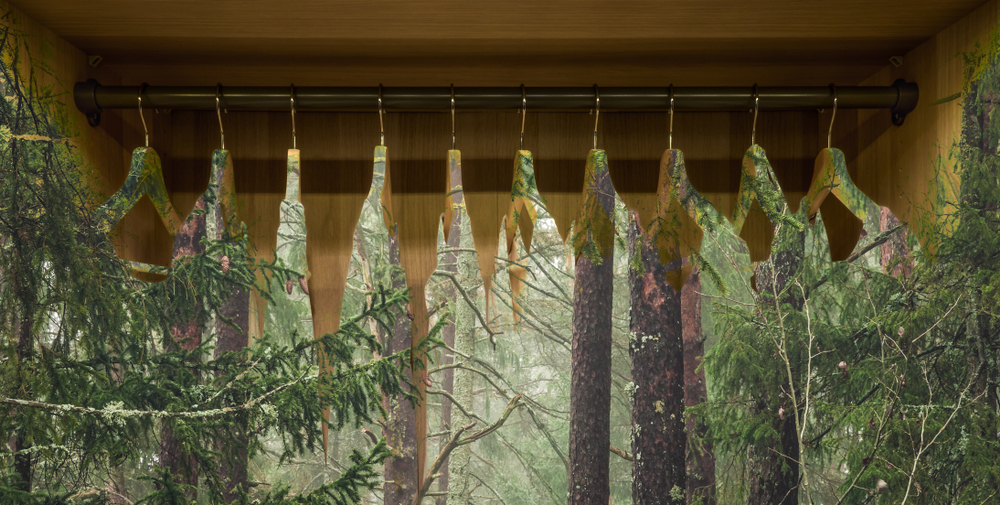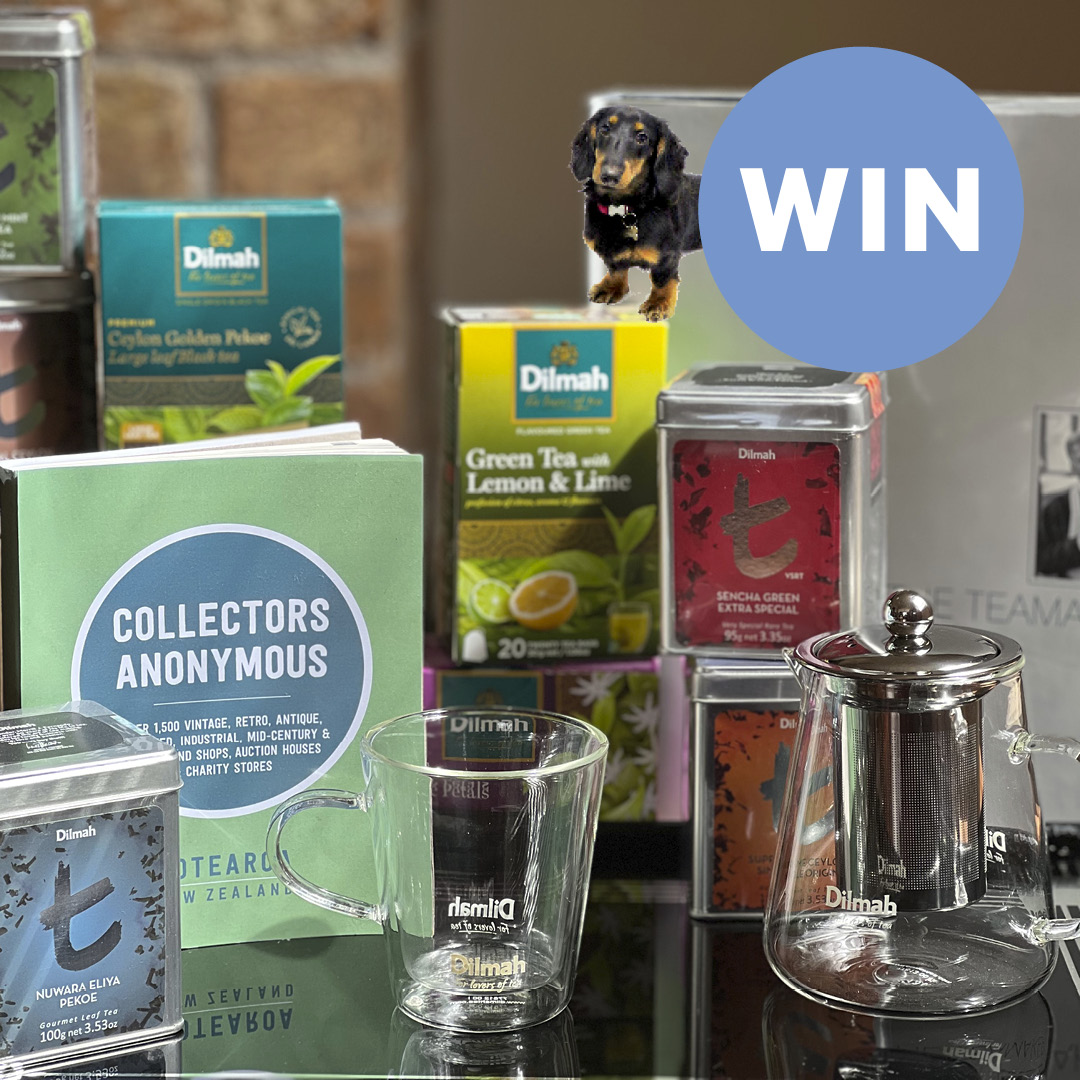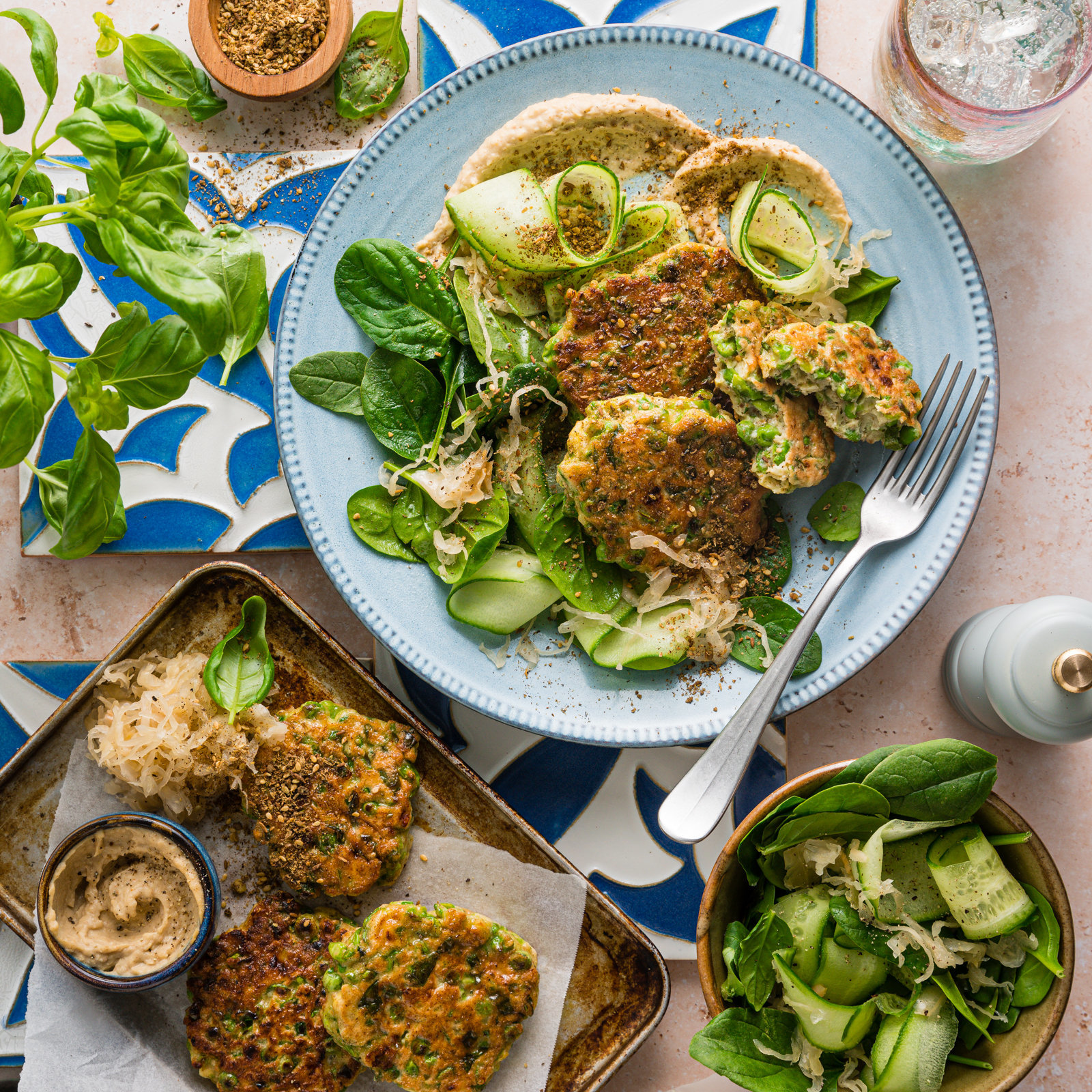Explore different types of fabrics that, depending on the way they are produced, provide a sustainable alternative to conventional fabrics.
Each clothing item we wear has an impact on the environment, from beginning to end. Clothing that uses sustainable fabric has less impact on the environment, uses renewable sources and recycled fabrics, they can be organic, which means they’re grown from non-genetically modified seeds and they’re biodegradable.
This means there’s less waste ending up in landfills.
Synthetics, such as polyester and nylon, can contain toxins that are harmful to the environment and our bodies. However, fabrics such as silk and cotton can also have harsh chemicals in the growing and dying process.
Researching your fabrics and finding options that are naturally derived will help your body and the planet in the long run.
Cotton
Cotton is one of the most durable, breathable and versatile fabric. According to Good On You, conventional cotton is one of the most chemical-intensive crops to grow, and uses the most water to produce.
The process requires a lot of pesticides, which has a negative impact on the environment. Organic cotton on the other hand, is the alternative to this harmful process. Organic cotton crops are harvested without any toxic pesticides, synthetic fertilizers or genetically modified seeds.
If the clothing is certified fair trade organic cotton by the Global Organic Textile (GOTS), it means that the process is transparent and highly regulated from start to finish.
Linen
Linen is a natural plant-based fibre derived from the flax plant. Linen has been used as far back as Ancient Egyptian time due to its durability and ability to keep people cool.
It requires minimal water, is naturally moth resistant, antibacterial and gets stronger with every wash. Linen can be produced without the use of pesticides and chemicals, which makes it far more environmentally friendly.
Conventional linen uses harmful chemicals, however the crop can be grown without fertilizer in certain areas. It has the benefit of keeping you warm in winter, while also keeping you cool in summer.
Silk
Silk’s origin traces back to Ancient China, and it’s cultivated from silkworms.
There have been ethical questions of the harsh treatment of the silkworms, as the manufacturing process can boil the silkworms alive to collect the cocoons, which create the fibre. However, sustainable alternatives come from silk produced using the cocoons that have been naturally shed by the silkworm.
Peace Silk is made the same as commercial silk, but the silkworms are able to turn into moths and emerge naturally from their cocoons.
Hemp
Hemp has many diverse uses from skincare, clothing, fibre, oil and food, and is grown with minimal water. It is a hypoallergenic fabric, which is strong and durable.
This means that it’s suitable for those with sensitive skin. It’s considered one of the most sustainable fabrics out there, and softens the more you wash it.
A highly UV-resistant fabric, it’s naturally pest-resistant and requires little to no fertilisers. From plant to fabric, hemp doesn’t need a lot of processing at all. It regulates your temperature, which means, similarly to linen, it can keep you cool in summer and warm in winter.
Wool
Wool is a renewable, fire-resistant, biodegradable and water-repellent fabric that is often worn during winter.
It is a tough, wrinkle-resistant and warm fabric. Wool not only includes sheep wool, but other forms including alpaca wool. Alpaca wool has a much lower environmental impact and is considered the most sustainable form of wool.
Alpaca wool saves more water and has less carbon emissions, as the alpacas are mostly raised in the Peruvian highlands, where they are given a good amount of space to graze and practice sustainable farming.
Bamboo
Bamboo is a plant material that is hypoallergenic, fast drying, and absorbent. It needs a minimal amount of water, is drought-resistant and is said to be one of the fastest-growing plants in the world.
It doesn’t need any chemical pesticides or fertilizers to grow, and is able to thrive in harsh conditions. A durable fabric and incredibly versatile, from paper products, medicine, utensils, clothing, accessories and food.
The fabric is breathable and sweat absorbent, which makes it more effective than polyester.
Lyocell
A popular type of lyocell is Tencel, a sustainable alternative to materials such as viscose. It’s produced from sustainably sourced wood, and the fabric is biodegradable.
Tencel states, “Lyocell fibres have gained a commendable reputation for their environmentally responsible closed-loop production process, which transforms wood pulp into cellulosic fibres with high resource efficiency and low environmental impact. This solvent-spinning process recycles process water and reuses the solvent at a recovery rate of more than 99 per cent.”
Pinatex
The leaves of the pineapple plant are used to create a vegan alternative for leather.
This alternative was developed by ethical entrepreneur Dr Carmen Hijosa after she discovered the huge impact mass leather production and chemical tanning had on the environment.
Pinatex uses a waste material and turns it into something useful.
Recycled polyester
Although not a natural material, with the massive production of plastic bottles that are disposed of every day, we can repurpose them by turning them into synthetic polyester for clothing.
This ensures that these plastic bottles are kept out of landfill. Recycled polyester uses far less energy than virgin polyester, and minimises wastage.
Recycled polyester doesn’t require new petroleum to create, which reduces the overall carbon footprint. It’s also better for the climate, as it creates 75 per cent less CO2 emissions than virgin polyester.





